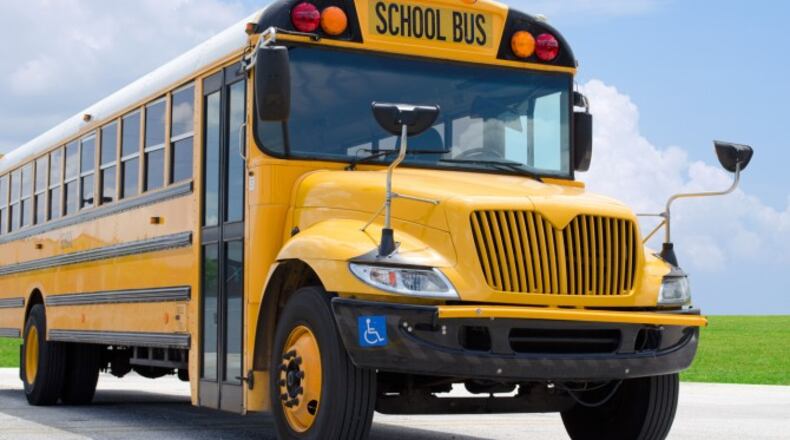Widely respected school-funding scholar Howard Fleeter studied the fiscal effects of 1997’s “DeRolph” ruling by the Ohio Supreme Court.
The Supreme Court’s decision overturned, as unfair to low-property-wealth Ohio public school districts, the statewide school funding set-up that Ohio was then using. In effect, the 1997 ruling told the legislature to completely re-do how Ohio funds public schools. A key part: Considering the needs of low-property-wealth school districts.
Fleeter found that during the first 10 fiscal years after the Supreme Court ruled, Ohio’s executive and legislative branches (from the tail end of George Voinovich’s governorship through Bob Taft’s, then into the first half of Ted Strickland’s) were more responsive to the DeRolph ruling than they were in the second 1- years – that is, the Great Recession segment of Strickland’s term, which ended in 2010, then John Kasich’s governorship, which began in 2011.
So, one key research finding; “The limited funding progress in 20 years since DeRolph occurred overwhelmingly in the first 10 years” after the ruling, Fleeter wrote.
A tandem finding: Even over the entire 20 years, what progress there was in redesigning school funding couldn’t be called dramatic: “The increase (in per-pupil state and local revenues) for the lowest-wealth districts ($1,775 per pupil) was only $107 more than was the increase for the highest-wealth districts ($1,668 per pupil).” Dollar amounts are inflation-adjusted.
Bottom line, five governors and 10 General Assemblies later: “The funding gap between low-wealth and high-wealth districts (has) not been narrowed appreciably since the DeRolph decision,” Fleeter found.
The Ohio School Boards Association, the Buckeye Association of School Administrators and the Ohio Association of School Business Officials asked Fleeter to undertake the study.
Beyond what Fleeter’s number-crunching illustrates, there are political facets of the DeRolph ruling that voters may want to keep in mind.
One facet: Republicans have been governors of Ohio for 24 of the last 28 years, have run Ohio’s House for 22 of the last 24 years – and, for 34 consecutive years, have run Ohio’s Senate. And how much has changed about school funding? Not much.
(In fairness, bad parenting is as much a problem for K-1 schools as the Rubik’s Cube Ohio passes off as a funding formula. If a young Ohioan doesn’t have two responsible parents, schooling him or her is immensely tougher.)
One misconception: The Supreme Court did not outlaw using the property tax for schools. The court said this: "May local property taxes be used as any part of a funding solution? The answer is 'Yes,' but property taxes can no longer be the primary means of providing the finances for a thorough and efficient system of schools."
And there’s this: You can’t have your state senator or representative cited for contempt of court if – in your opinion – she or he has flat-out ignored the DeRolph ruling. In 2003, the court closed the case. Translation: You still want to argue about this? File a new lawsuit.
That is, the legislature is home free, unless voters tell it to stop grandstanding over school funding – and, more than 20 years late, fix what’s broken.
About the Author
